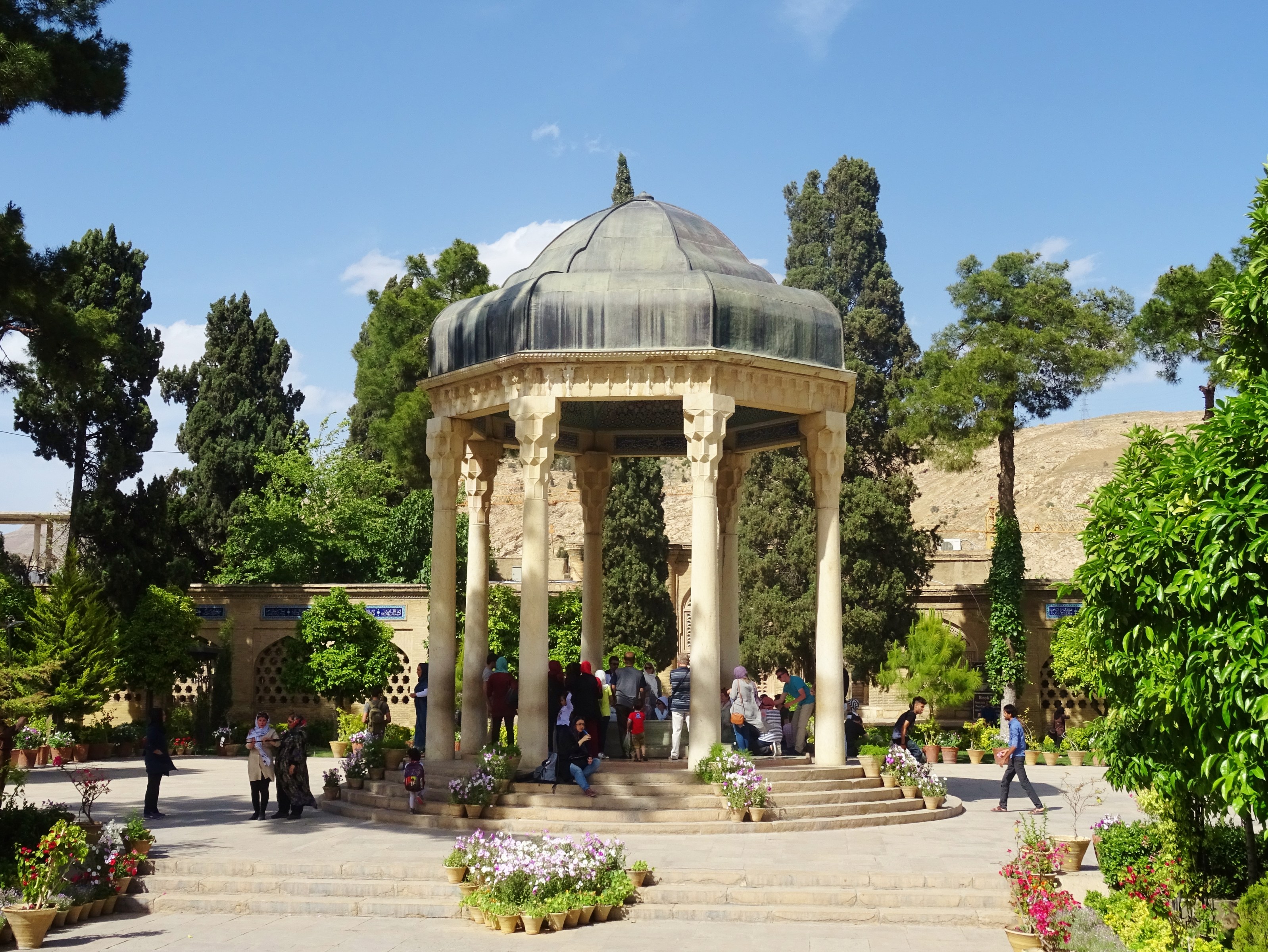Shiraz
Of Nightingales and Roses, Waterways and Wine

Shiraz, in the south of Iran, is known as the city of roses and nightingales. It’s also renowned for its poets, literature and wine. Indeed, it’s from Shiraz that the eponymous grape, so beloved of wine drinkers, comes – although under the country’s strict alcohol laws you’d struggle to find any wine on sale here.
Shiraz is one of the oldest cities of ancient Persia: the earliest references to it are on cuneiform tablets dating back to 2000 BC. Like Yazd, it escaped destruction by Genghis Khan and later by Tamerlane, its local rulers offering tributes to the invaders and submitting to them rather than face their wrath. It was less fortunate in 1729, however, when the Afghans arrived and plundered the city.
In the 13th century, Shiraz became a leading centre of the arts and letters. It was home to many Persian scholars and artists, including two of Iran’s most famous poets, Sa’di and Hafez, whose tombs attract large numbers of visitors to the city.
Poetry has a special place in Iranian culture, not least because people see it as having played a vital role in preserving the Persian language in a country that others often invaded and occupied.
The 13th century poet Sa’di is best known for his works Golestan (Rose Garden) and Bolestan (Garden of Trees).
Hafez, who lived in the 14th century, wrote mystical lyrical poetry and is considered to be the master of Persian Ghazal or ode.
Click on the photographs to enlarge and see the captions:
From 1750 until 1800 Shiraz was the capital of Persia. The rule of the Regent Vakil Karim Khan Zand from 1762-79 was one of the high points in the city’s history. The Regent commissioned various works, including the famous Vakil Bazaar – reputed to be one of the best in the country – the Vakil Mosque and the Vakil Bath. Following the Regent’s death and after a struggle for the succession, Tehran replaced Shiraz as Persia’s capital.
The city of roses and nightingales is also a city of gardens. One of the most impressive is the Eram Garden – Bagh-e Eram – first laid out some 900 years ago. Set out in traditional Persian style, with its rows of cypresses, palms and orange trees dissected by bubbling waterways, it provides an oasis of green and tranquility away from the noise and bustle of the city beyond its walls.
Some 60 km northeast of Shiraz lie the ruins of Takht-e Jamshid, better known by the name the Ancient Greeks gave it – Persepolis, meaning ‘City of the Persians’. A UNESCO World Heritage Site since 1979, this one-time ceremonial capital of the Achaemenid Empire was built to impress.
The last Shah of Iran used the site for the same purpose when in 1971 he held a wildly extravagant celebration at Persepolis to mark 2500 years of the Persian Empire. Over sixty members of royal families and heads of government attended the gala dinner.
In the 330s BC Alexander the Great and his armies defeated the Achaemenids in a series of battles before arriving at Persepolis. According to legend, a drunken Alexander told his troops they could put the city to the torch in revenge for the Persian’s having burnt the Acropolis in Athens. Of course, we’ll never know if the wine the Greek warrior king had consumed in such quantity was made with local Shiraz grapes…
RETURN
